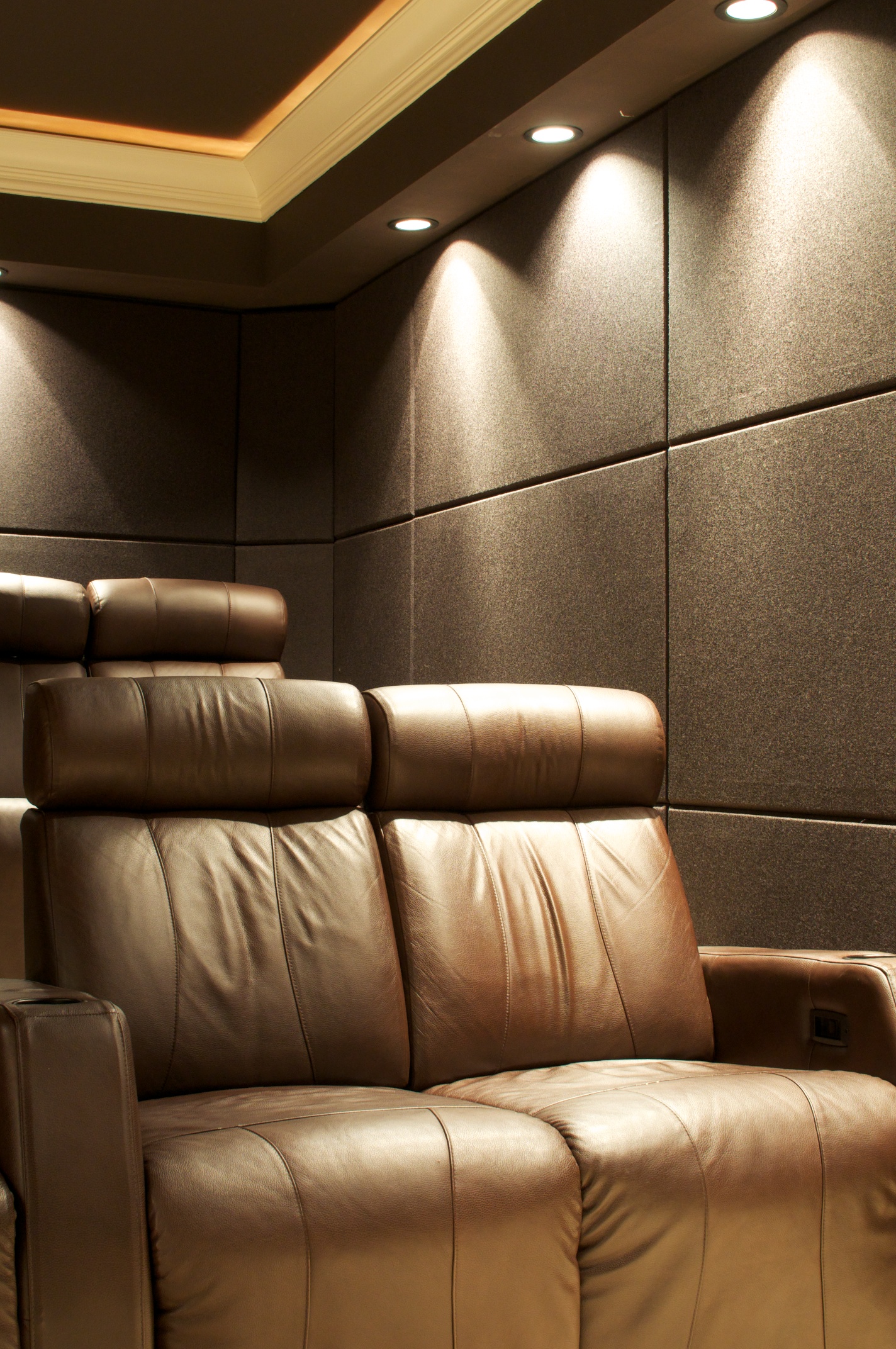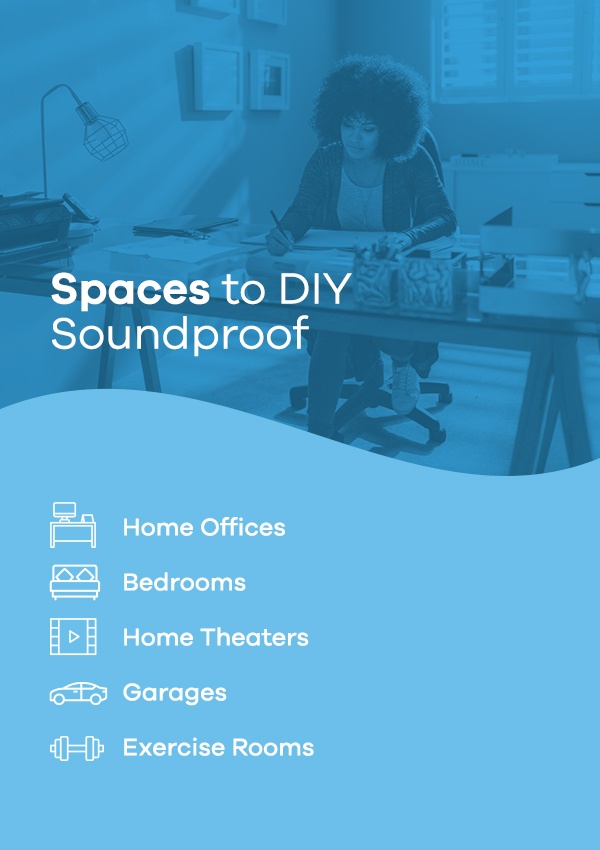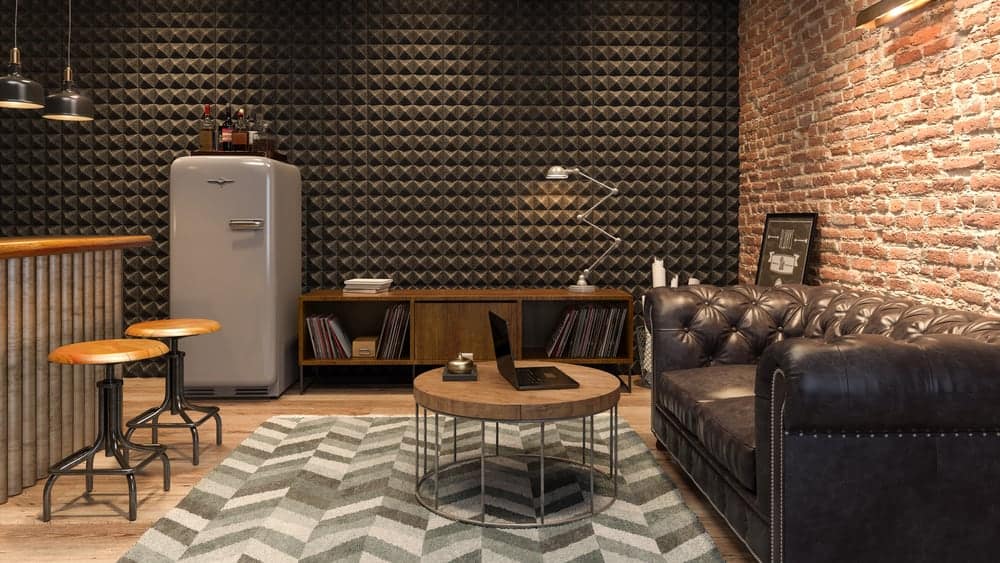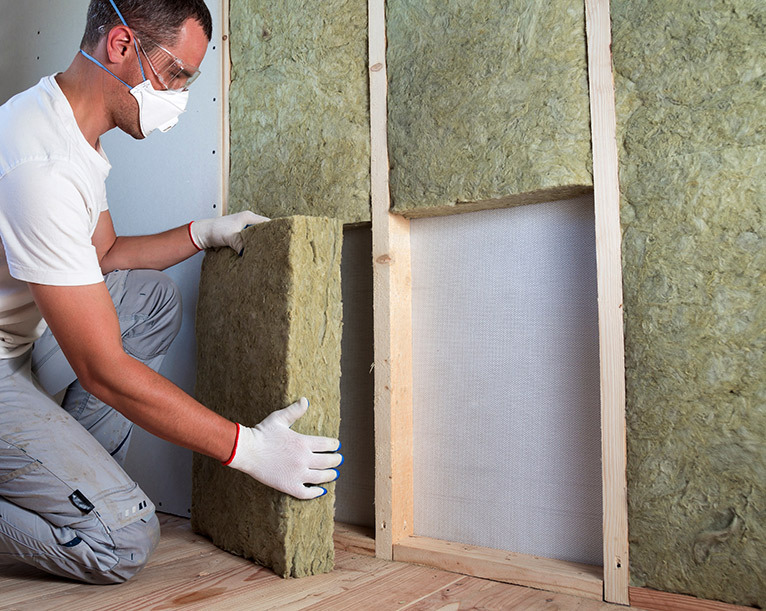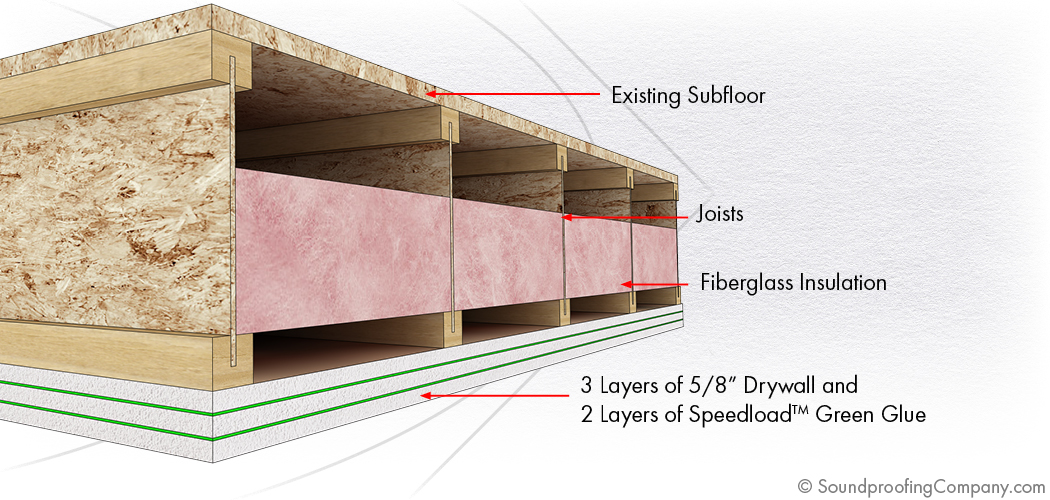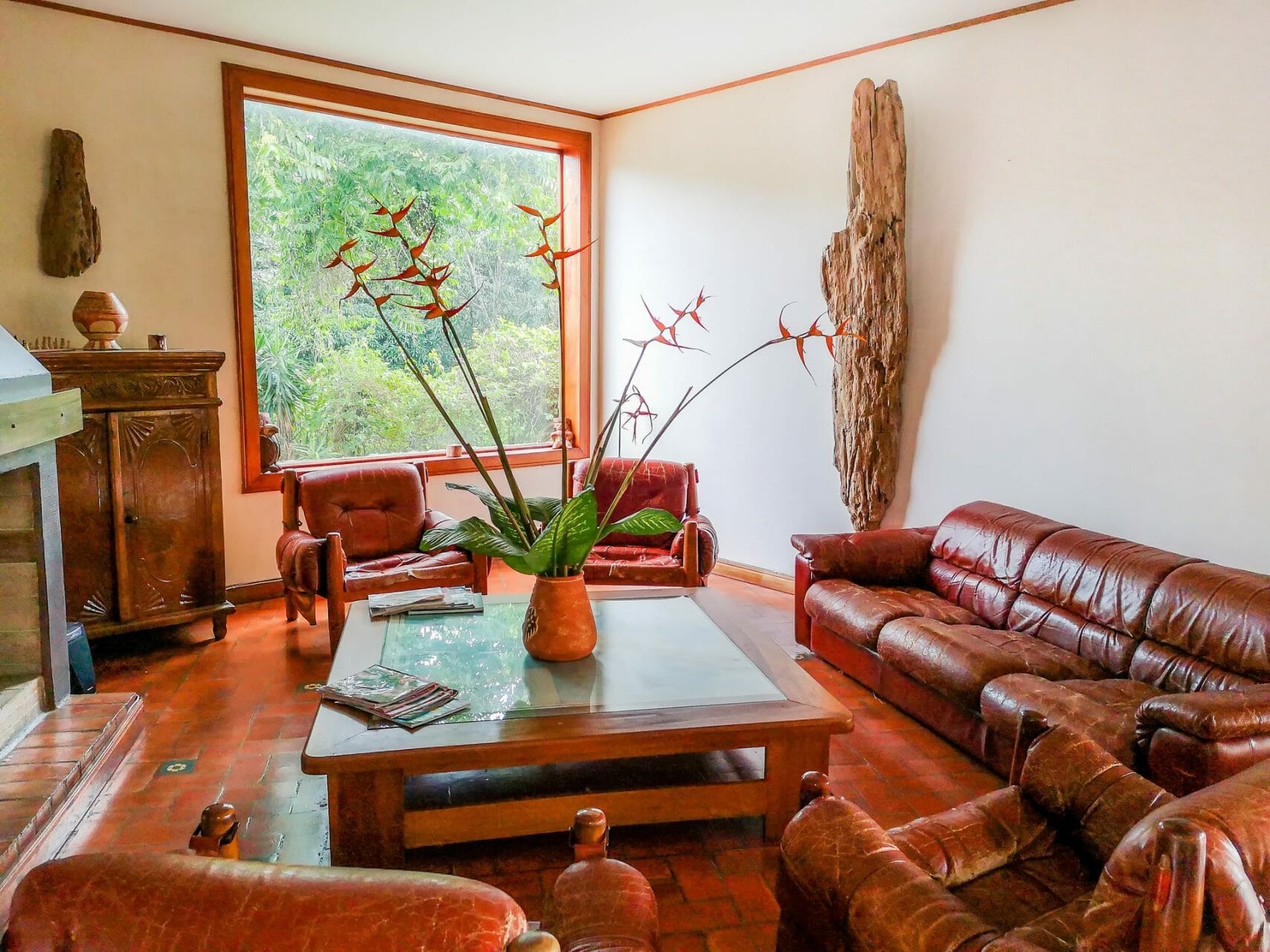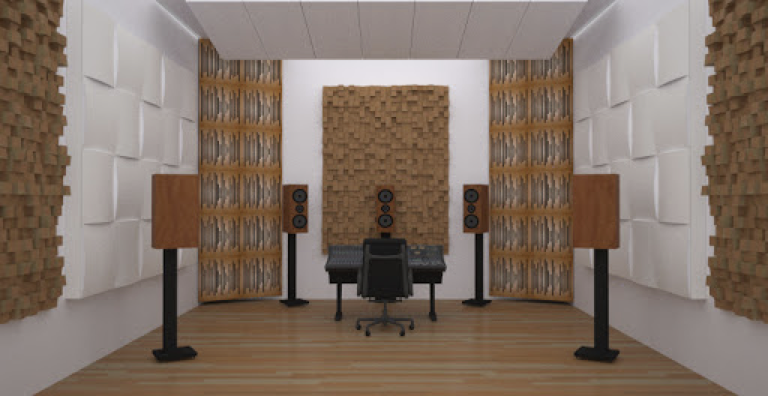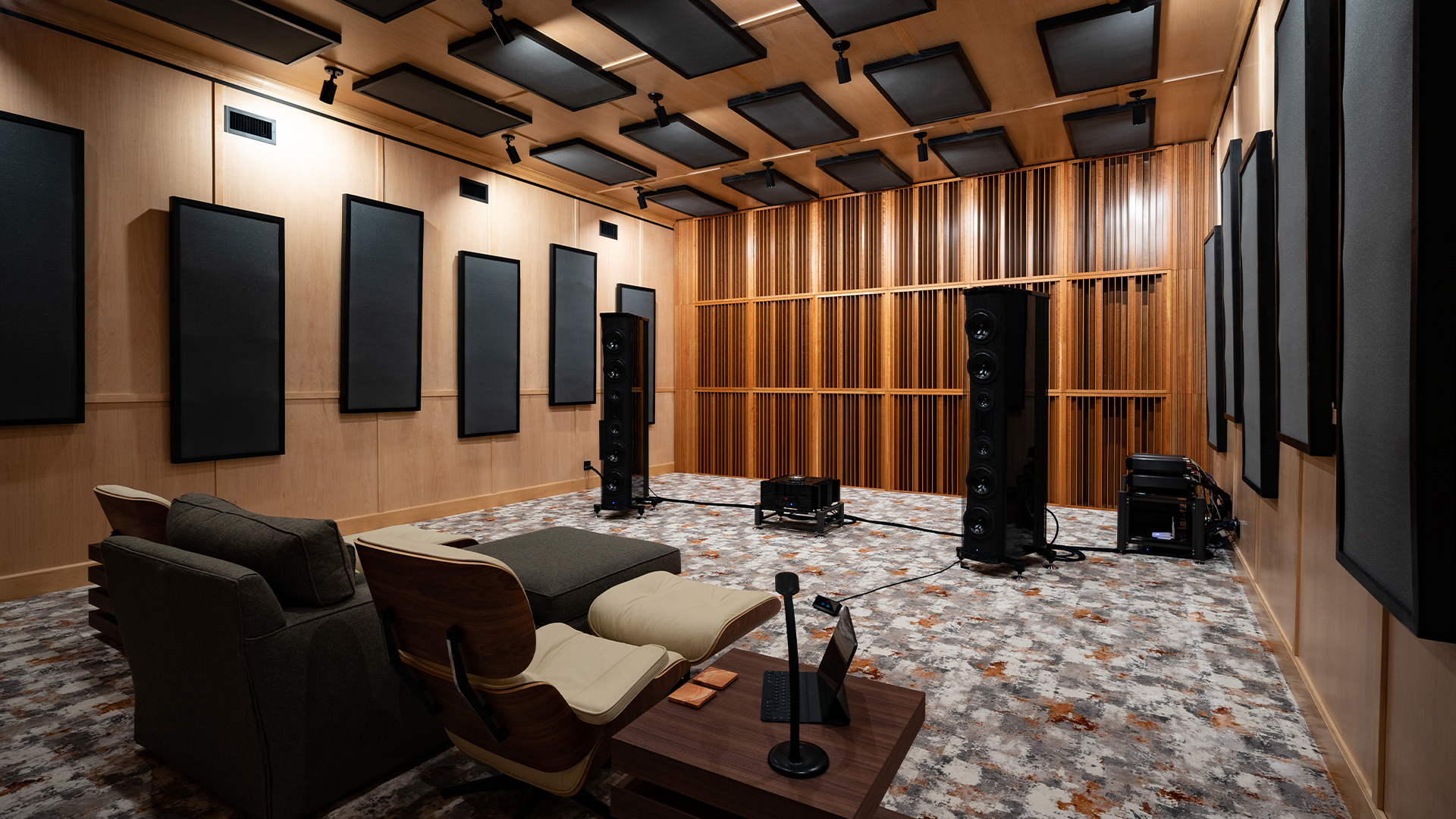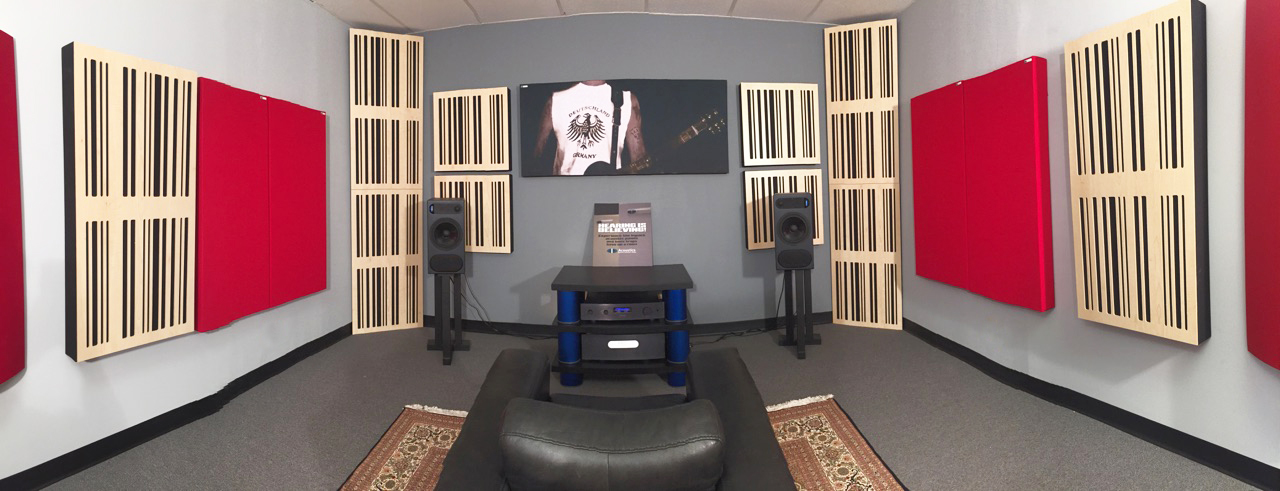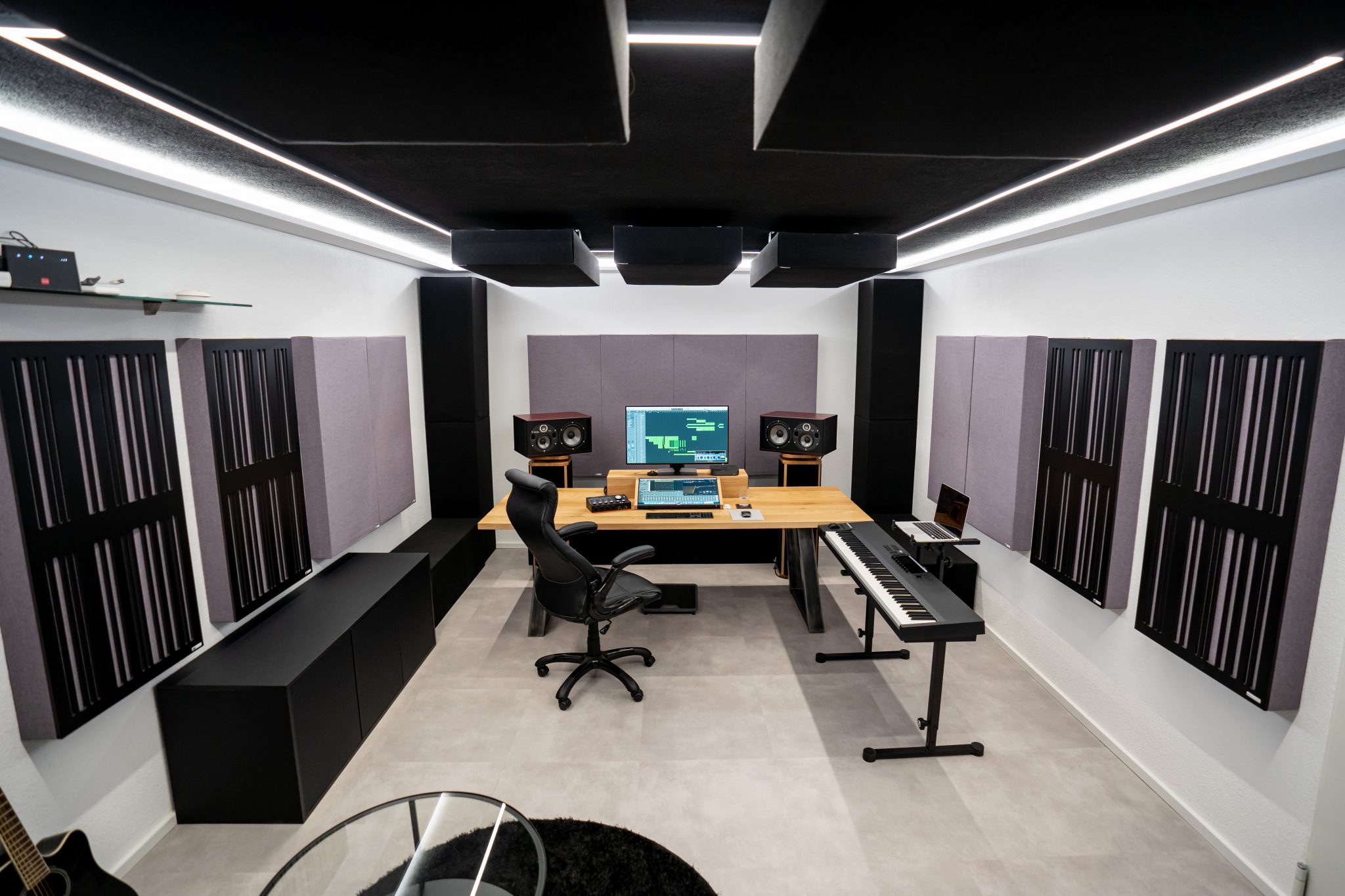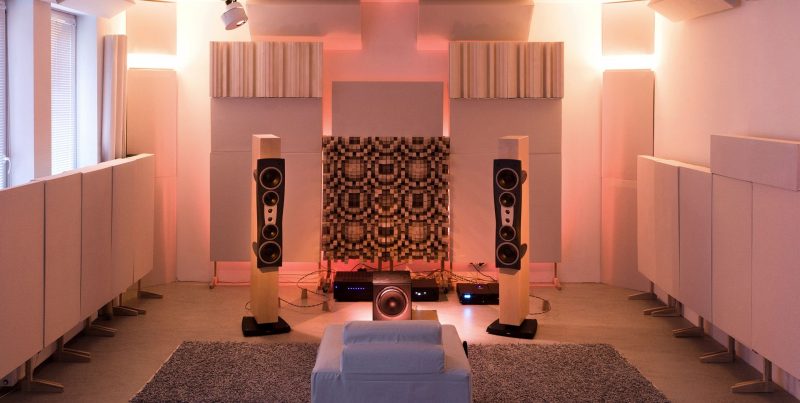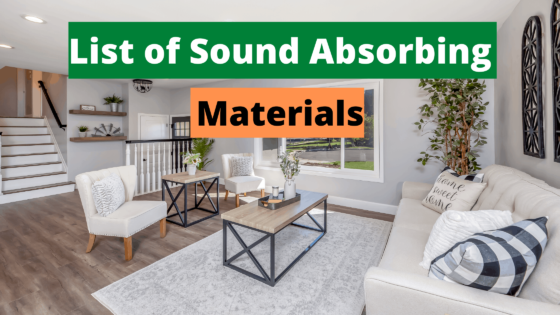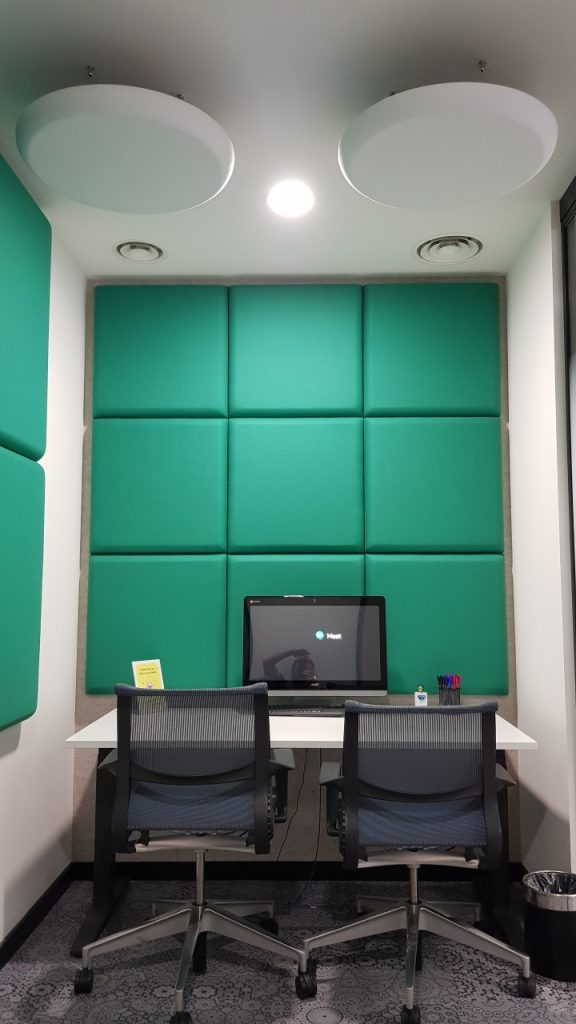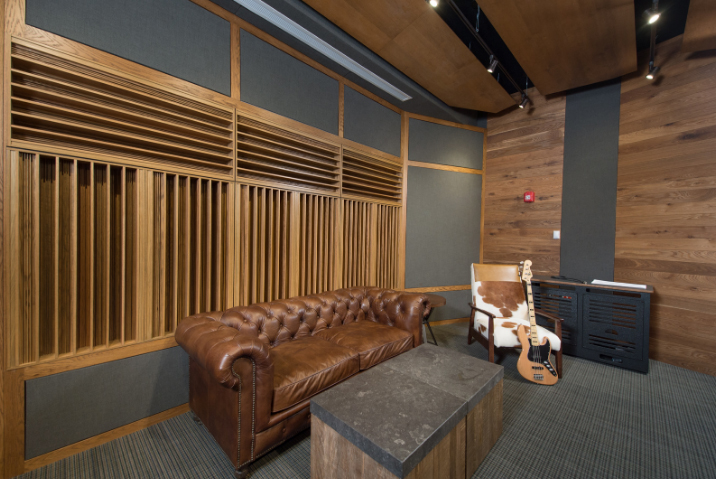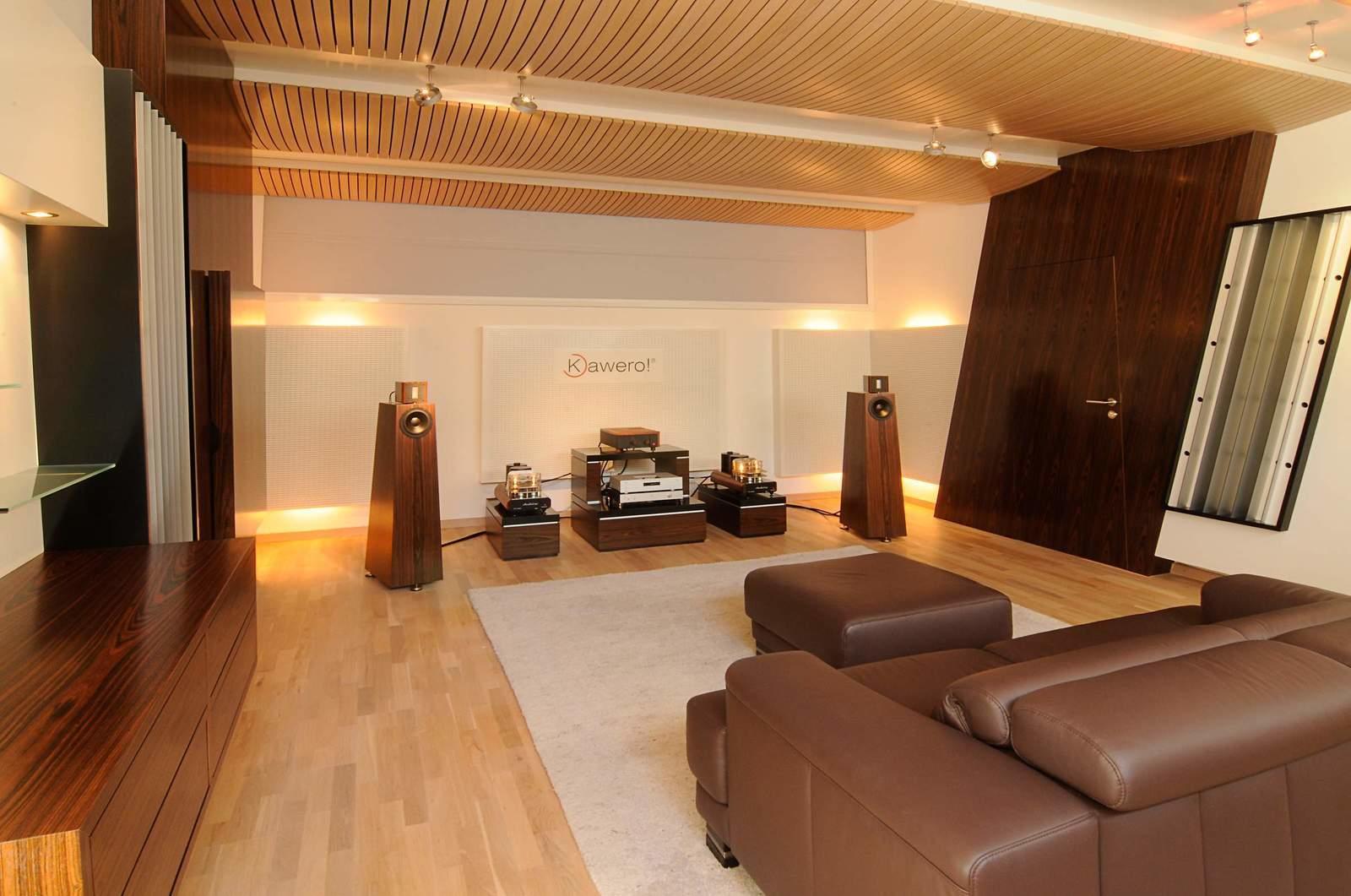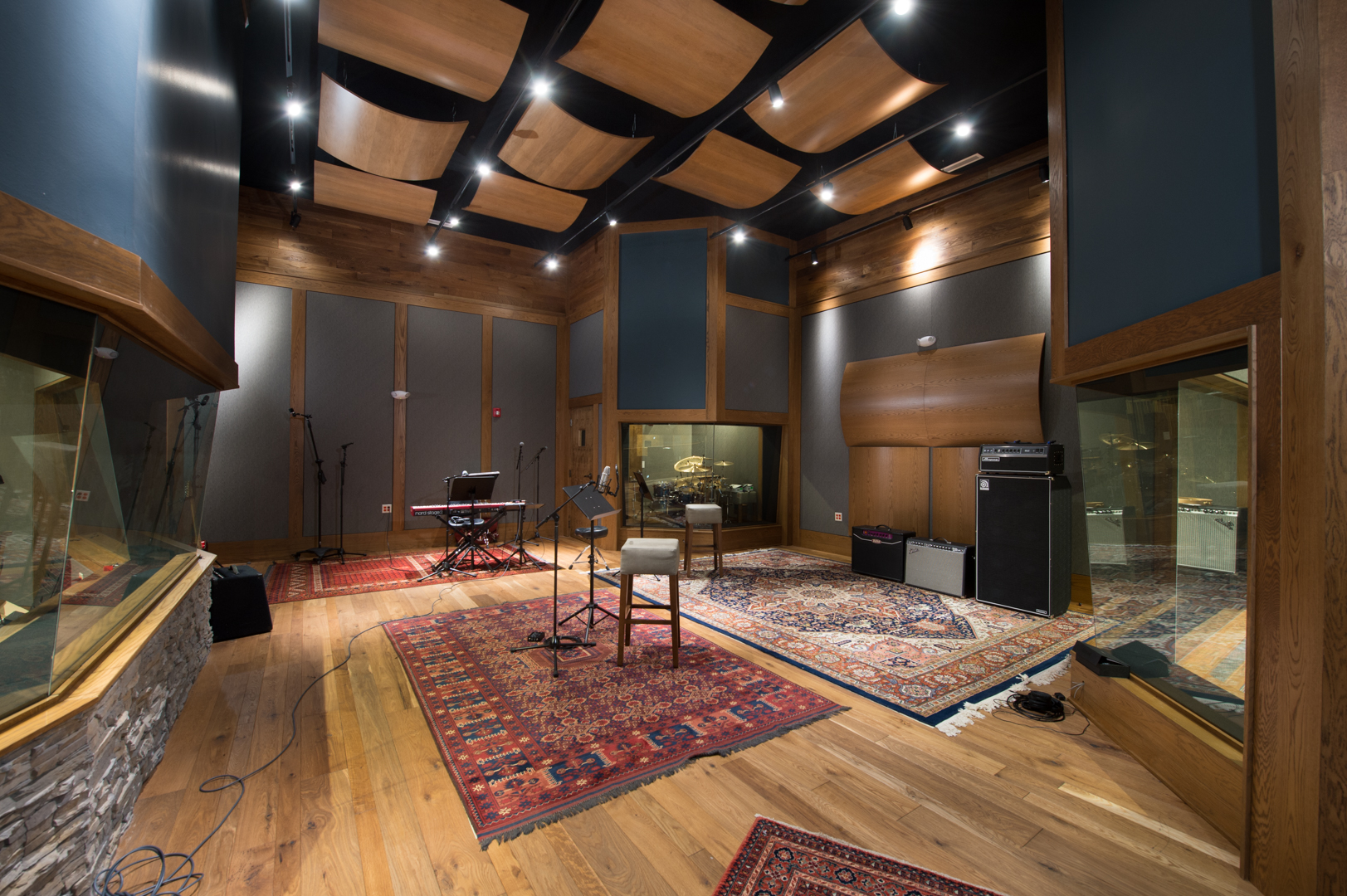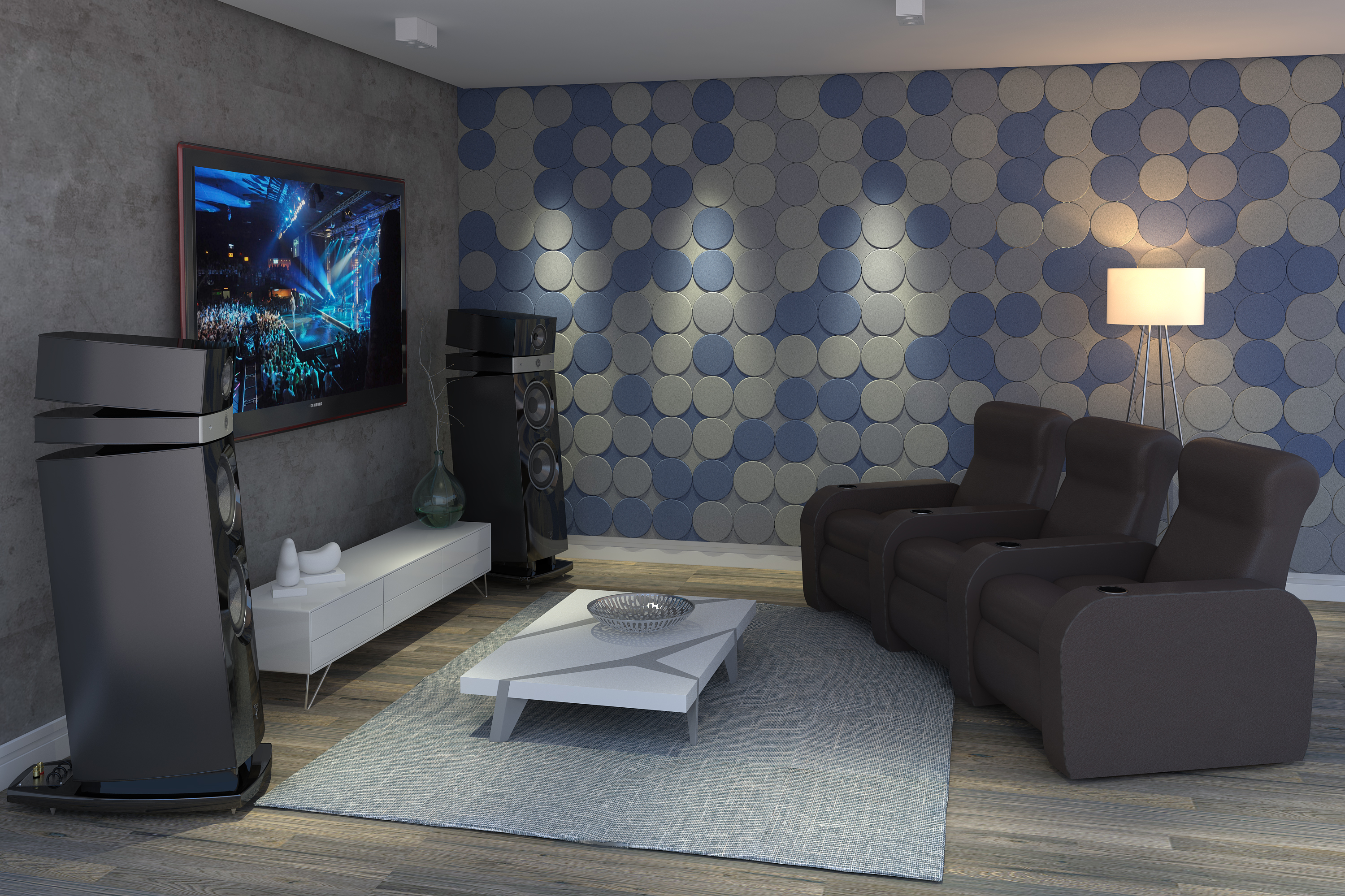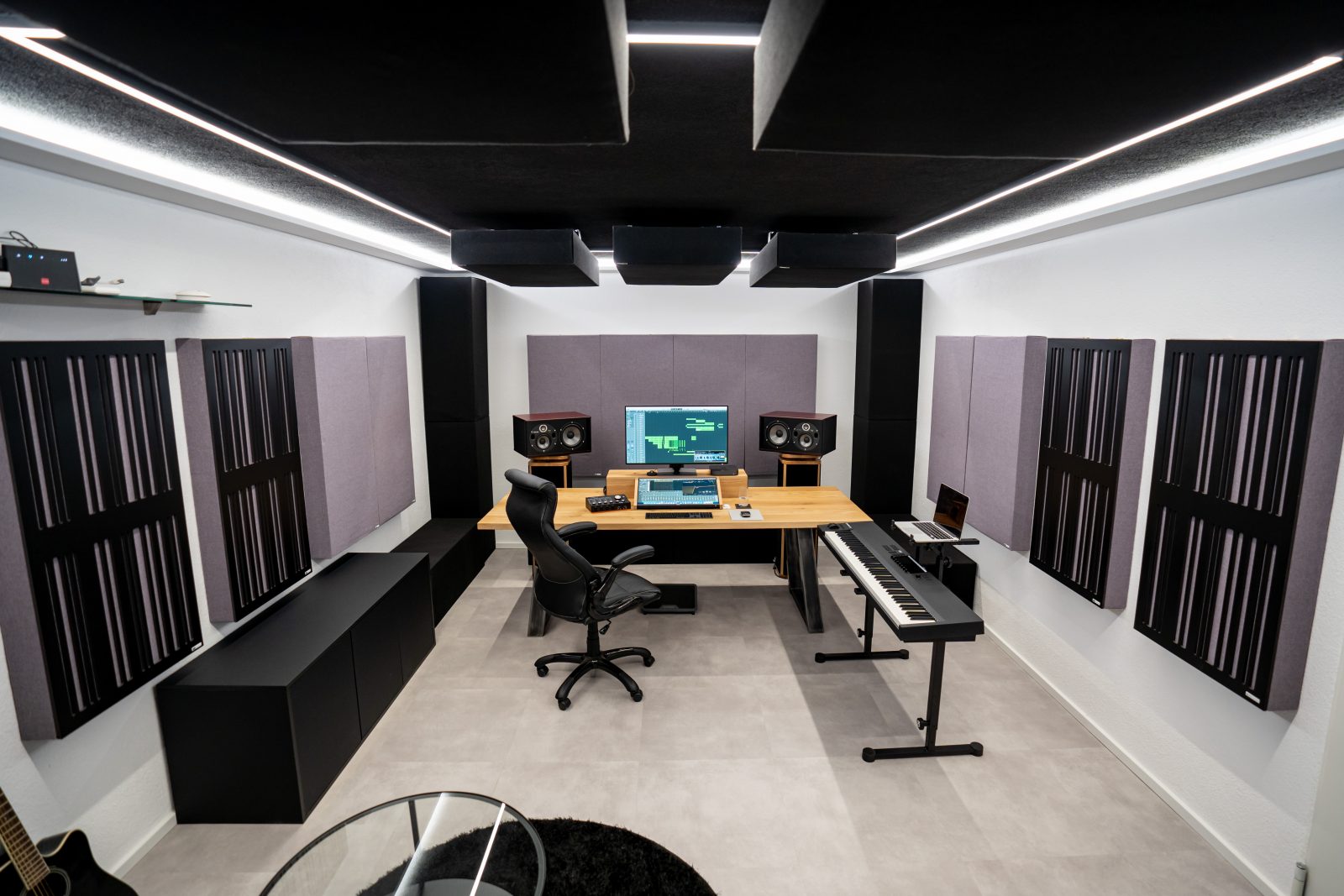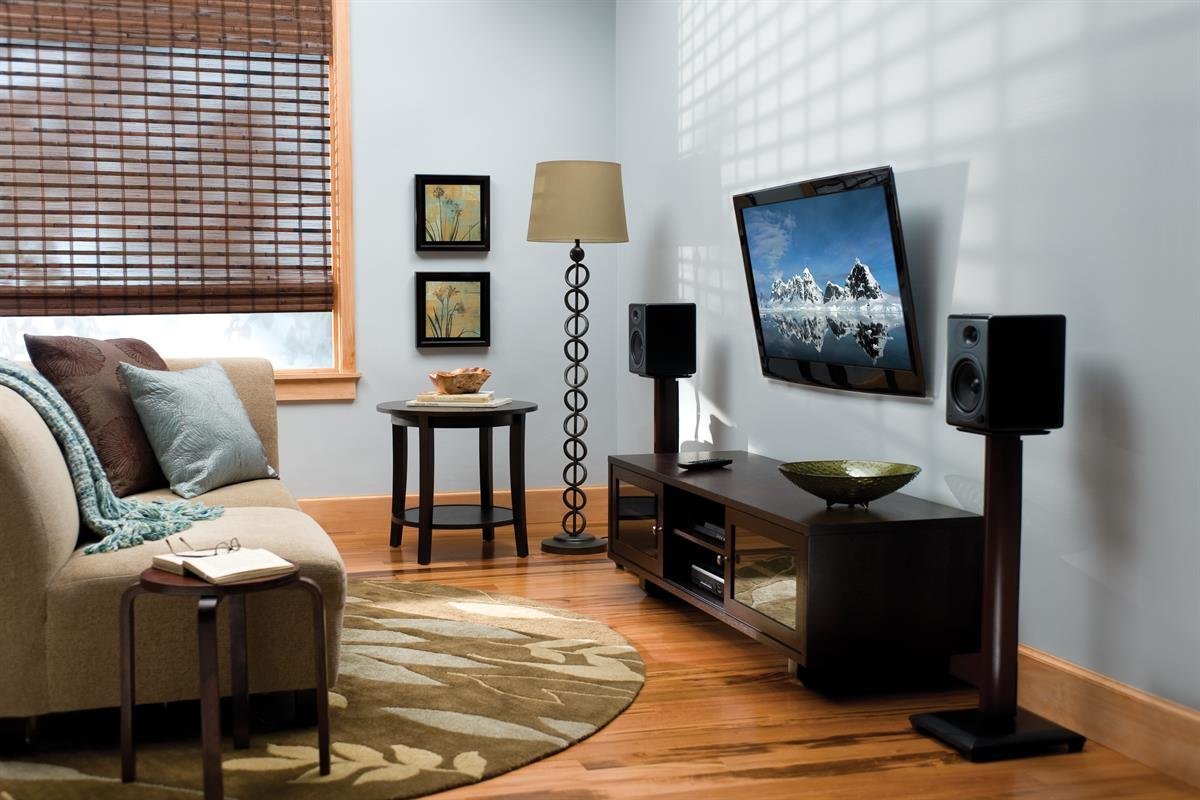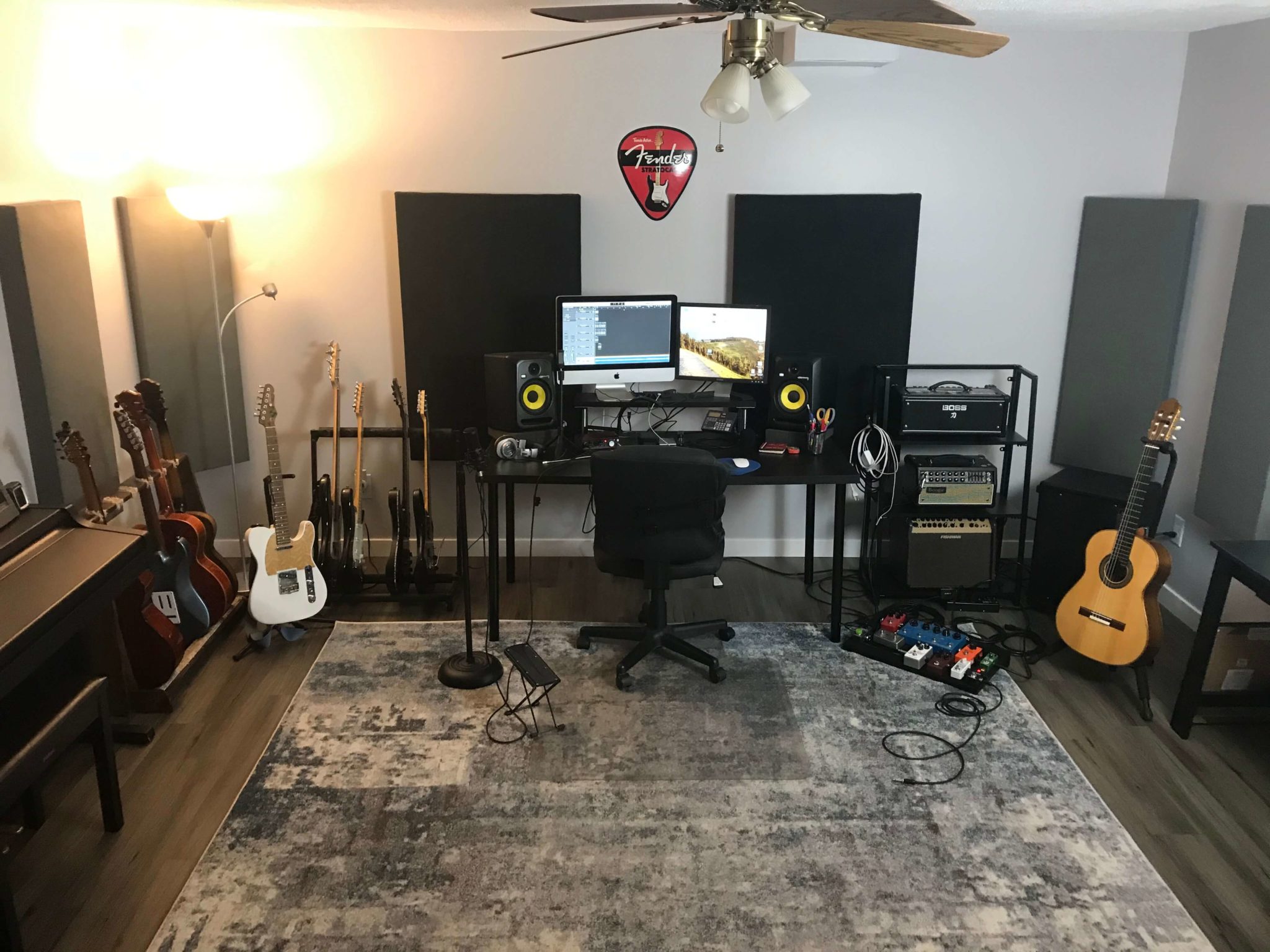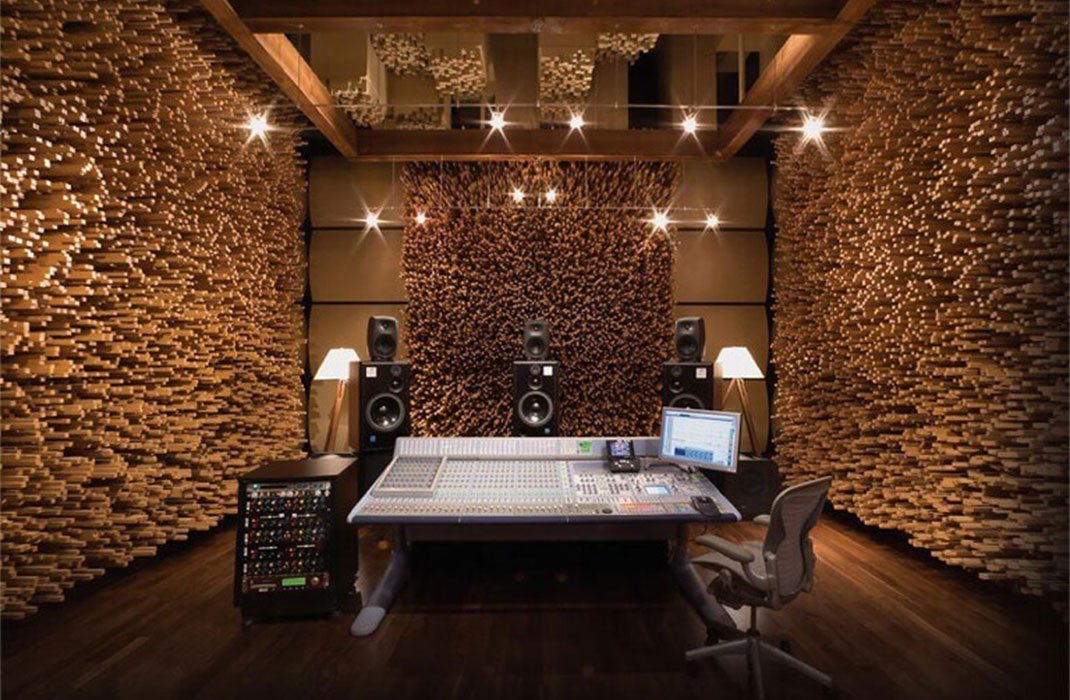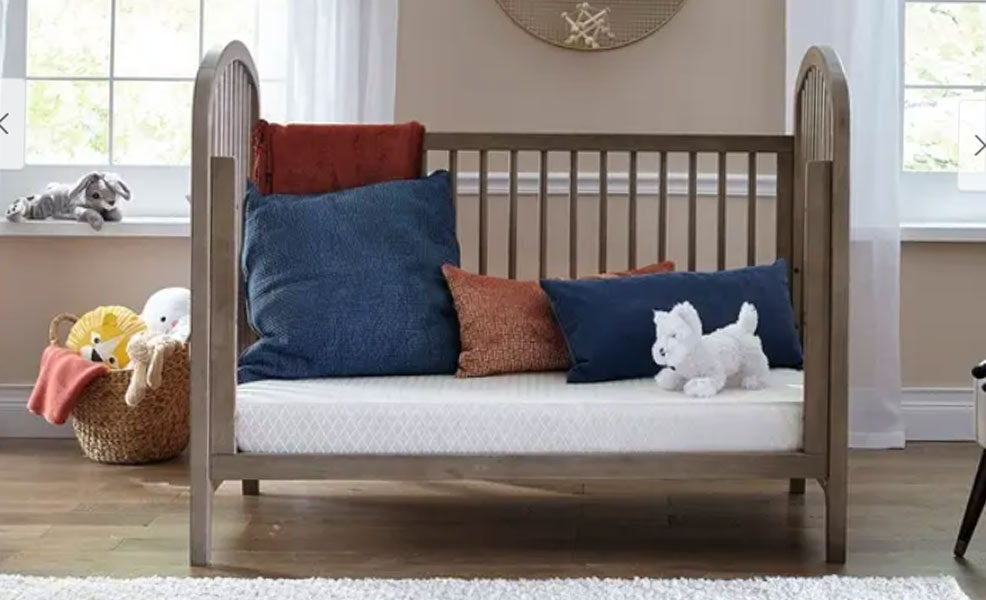The first step to improving the acoustics in your living room is to invest in acoustic panels. These panels are specifically designed to absorb sound and reduce echo, making your living room sound more balanced and pleasant. You can choose from a variety of sizes, shapes, and colors to fit your personal style and décor. Make sure to strategically place them on the walls and ceiling for maximum effectiveness.1. Acoustic Panels for Living Room
If you live in a noisy neighborhood or have loud roommates, soundproofing your living room can greatly improve the acoustics. This involves adding soundproofing materials to the walls, windows, and doors to prevent outside noise from entering and inside noise from escaping. You can also opt for soundproof curtains or rugs to further reduce noise levels in your living room.2. Soundproofing Solutions for Living Room
Acoustic treatment is another effective way to improve the sound in your living room. This involves adding sound-absorbing materials, such as acoustic foam or diffusers, to the walls and ceiling. These materials help to break up sound waves and create a more balanced and natural sound in the room. You can also add carpets, drapes, and other soft furnishings to further enhance the acoustic treatment.3. Acoustic Treatment for Better Living Room Sound
Aside from using specific acoustic products, there are several simple tips you can follow to improve the acoustics in your living room. First, make sure to declutter the room and remove any unnecessary objects that can reflect and amplify sound. You can also rearrange your furniture to create a more open and balanced sound. Additionally, consider adding plants or other natural elements to the room to help absorb sound.4. Tips for Improving Living Room Acoustics
When it comes to choosing sound-absorbing materials for your living room, there are many options available. Acoustic foam, diffusers, and panels are all effective choices, but you can also opt for more unconventional materials such as cork or recycled denim. These materials not only absorb sound but also add a unique and eco-friendly touch to your living room.5. Sound Absorbing Materials for Living Room
In addition to the above tips, there are other ways to enhance the acoustics in your living room. One option is to add a soundbar or surround sound system, which can greatly improve the overall sound quality in the room. You can also use sound reflectors, which are specifically designed to redirect sound waves towards your listening area for a more immersive experience.6. How to Enhance Living Room Acoustics
If you're looking to improve the acoustics in your living room from the ground up, consider incorporating acoustic design into your home. This involves using acoustic materials and techniques in the construction and design of your living room, such as soundproofing insulation and angled walls to help reflect and absorb sound. It may be a more costly option, but it can greatly enhance the overall sound quality in your living room.7. Acoustic Design for Living Room
The type of speakers you use in your living room can also greatly affect the acoustics. When choosing speakers, consider the size and layout of your room, as well as the type of sound you prefer. Floor-standing speakers are a popular option for larger living rooms, while bookshelf speakers are more suitable for smaller spaces. It's also important to properly position and calibrate your speakers for optimal sound quality.8. Best Speakers for Living Room Acoustics
If you're on a budget, there are many DIY options for improving the acoustics in your living room. You can make your own acoustic panels using materials like foam, cotton, or burlap, and hang them on the walls. You can also use old rugs or blankets to create your own sound-absorbing drapes. With a little creativity and effort, you can achieve better acoustics in your living room without breaking the bank.9. DIY Living Room Acoustic Solutions
Finally, incorporating acoustic furniture into your living room can also help improve the sound quality. This includes furniture pieces with built-in sound-absorbing materials, such as bookshelves or cabinets with acoustic foam backing. You can also opt for furniture with angled designs, which can help direct sound towards your listening area. Not only will this enhance the acoustics, but it can also add a unique and stylish touch to your living room.10. Acoustic Furniture for Living Room
How to Improve Living Room Acoustics for a Better Home Entertainment Experience

Creating the Perfect Sound Environment
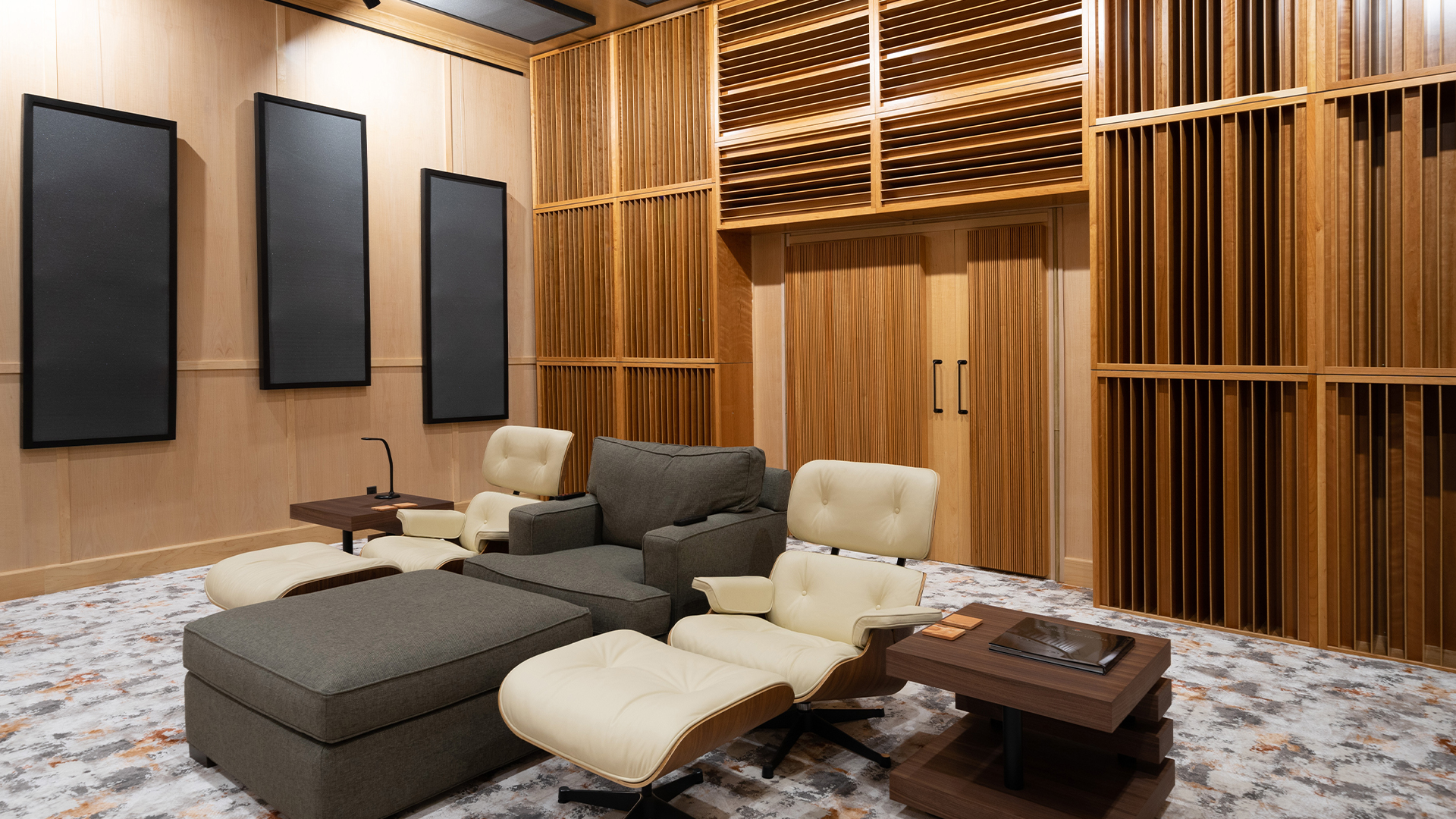 When it comes to designing the perfect living room, many people focus on the aesthetic aspects such as furniture, lighting, and decor. However, one important factor that is often overlooked is the room's acoustics. The way sound travels and is absorbed within a room can greatly impact the overall experience, especially when it comes to home entertainment.
Living room acoustics
can be defined as the way sound behaves in a given space. A room with good acoustics will have balanced sound distribution, clear dialogue, and minimal echoes or distortions. On the other hand, a room with poor acoustics can result in muffled or distorted sound, making it difficult to fully enjoy your favorite movies or music.
When it comes to designing the perfect living room, many people focus on the aesthetic aspects such as furniture, lighting, and decor. However, one important factor that is often overlooked is the room's acoustics. The way sound travels and is absorbed within a room can greatly impact the overall experience, especially when it comes to home entertainment.
Living room acoustics
can be defined as the way sound behaves in a given space. A room with good acoustics will have balanced sound distribution, clear dialogue, and minimal echoes or distortions. On the other hand, a room with poor acoustics can result in muffled or distorted sound, making it difficult to fully enjoy your favorite movies or music.
The Importance of Good Acoustics
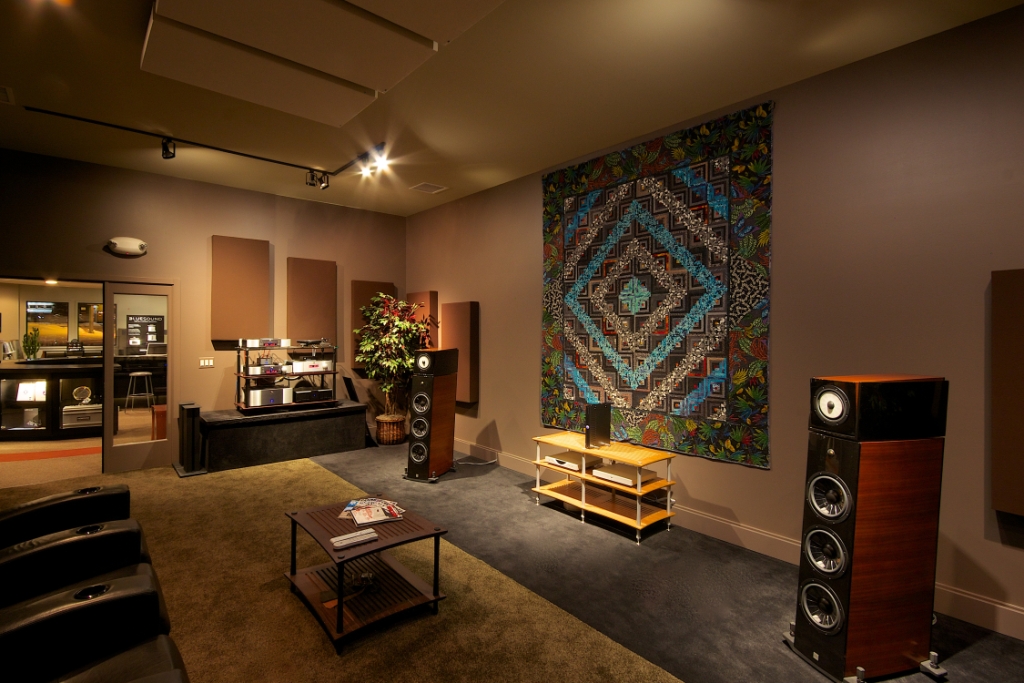 Having good acoustics in your living room is crucial for creating an immersive home entertainment experience. Imagine trying to watch a thrilling action movie with explosions and gunshots sounding like dull thuds, or a romantic comedy with dialogue that is hard to understand. These are just a few examples of how poor acoustics can negatively affect your viewing experience.
Moreover, good acoustics can also improve the overall sound quality and clarity of your music. Whether you are listening to your favorite albums or hosting a dance party, having a well-balanced sound in your living room can make a world of difference.
Having good acoustics in your living room is crucial for creating an immersive home entertainment experience. Imagine trying to watch a thrilling action movie with explosions and gunshots sounding like dull thuds, or a romantic comedy with dialogue that is hard to understand. These are just a few examples of how poor acoustics can negatively affect your viewing experience.
Moreover, good acoustics can also improve the overall sound quality and clarity of your music. Whether you are listening to your favorite albums or hosting a dance party, having a well-balanced sound in your living room can make a world of difference.
Simple Ways to Improve Living Room Acoustics
 Now that we understand the importance of good acoustics, let's explore some simple ways to improve it in your living room.
1. Add soft furnishings: Materials such as curtains, rugs, and cushions can help absorb sound and reduce echoes in the room.
2. Install sound-absorbing panels: These panels are specifically designed to absorb sound and can be placed on walls or ceilings to improve acoustics.
3. Place furniture strategically: Furniture can act as natural sound barriers, so placing them strategically can help improve sound distribution in the room.
4. Use bookshelves or shelves filled with books: This not only adds visual appeal to the room but also helps absorb sound.
5. Consider acoustic wallpaper: This type of wallpaper is designed to absorb sound and can be a great addition to your living room.
Now that we understand the importance of good acoustics, let's explore some simple ways to improve it in your living room.
1. Add soft furnishings: Materials such as curtains, rugs, and cushions can help absorb sound and reduce echoes in the room.
2. Install sound-absorbing panels: These panels are specifically designed to absorb sound and can be placed on walls or ceilings to improve acoustics.
3. Place furniture strategically: Furniture can act as natural sound barriers, so placing them strategically can help improve sound distribution in the room.
4. Use bookshelves or shelves filled with books: This not only adds visual appeal to the room but also helps absorb sound.
5. Consider acoustic wallpaper: This type of wallpaper is designed to absorb sound and can be a great addition to your living room.
Final Thoughts
 Having good acoustics in your living room is essential for a better home entertainment experience. By implementing these simple tips, you can create a well-balanced sound environment that will elevate your movie nights and music listening sessions. Don't neglect the acoustics in your living room, as it can make a significant difference in your overall enjoyment of your home.
Having good acoustics in your living room is essential for a better home entertainment experience. By implementing these simple tips, you can create a well-balanced sound environment that will elevate your movie nights and music listening sessions. Don't neglect the acoustics in your living room, as it can make a significant difference in your overall enjoyment of your home.

